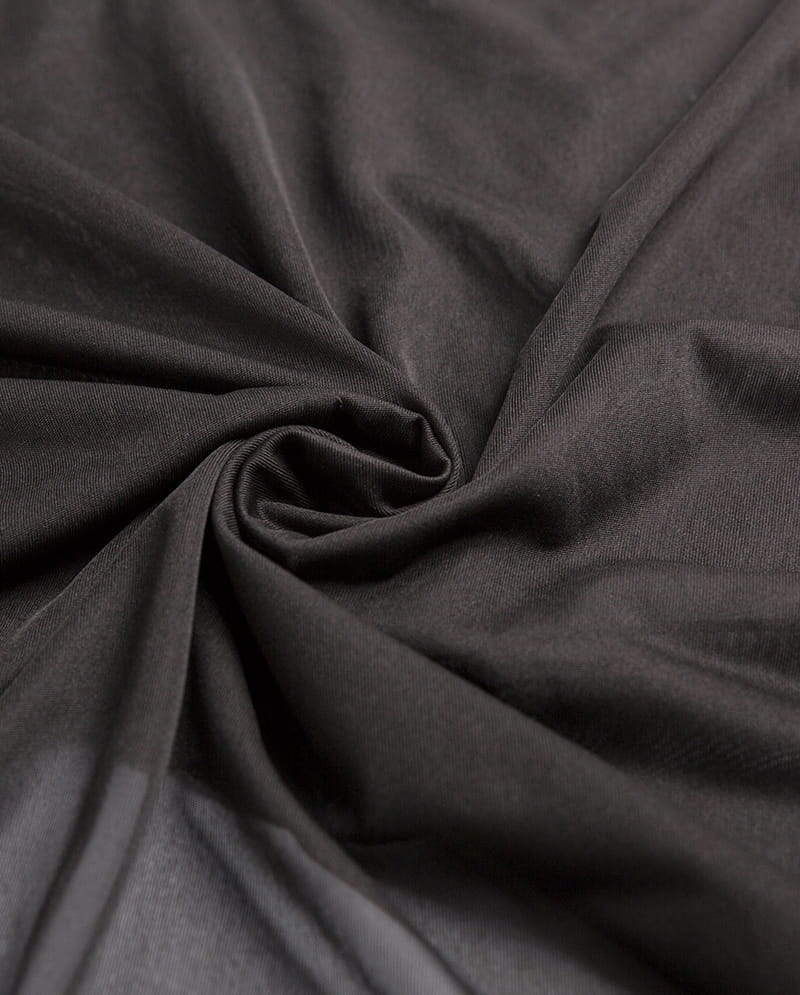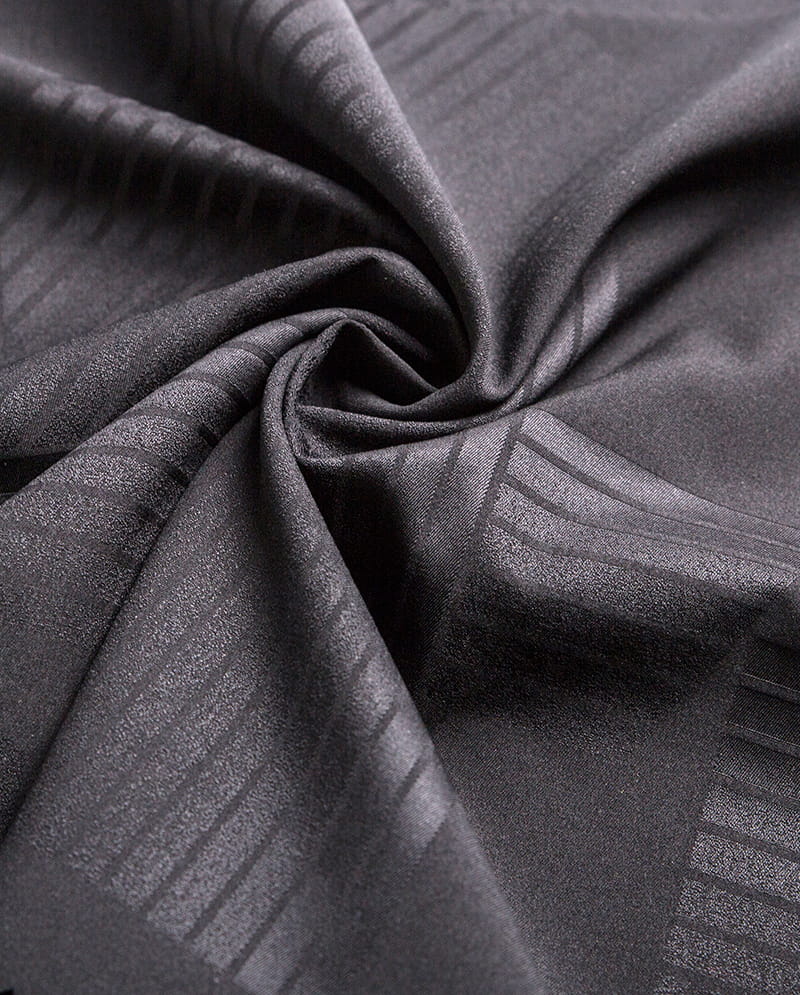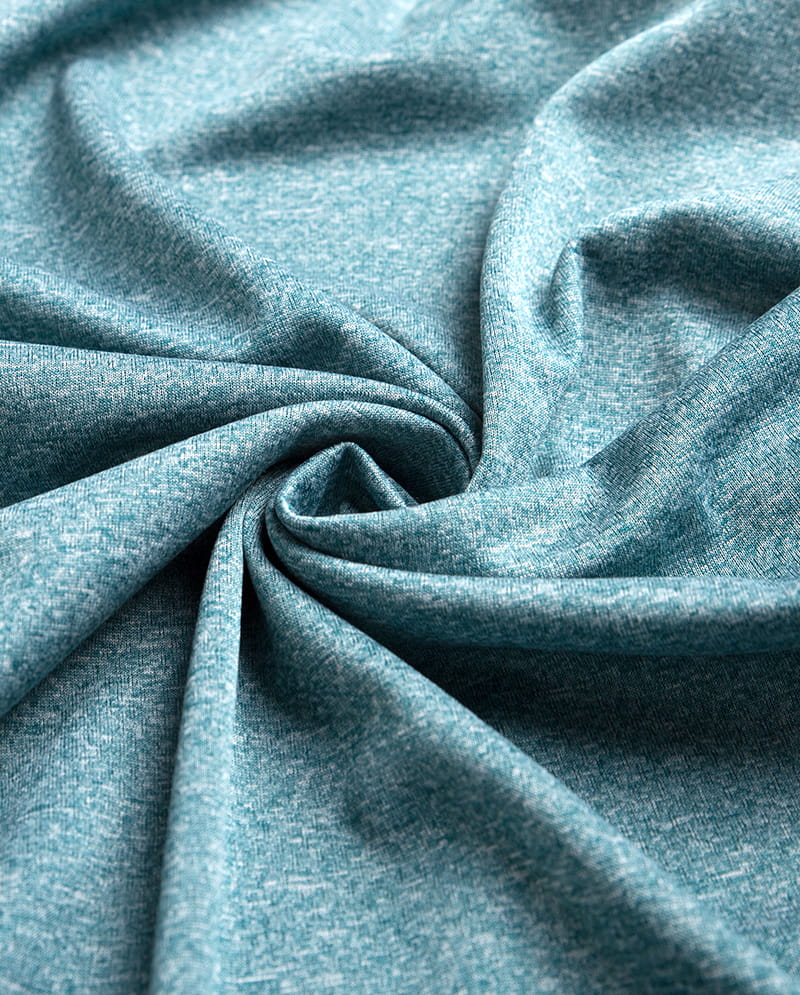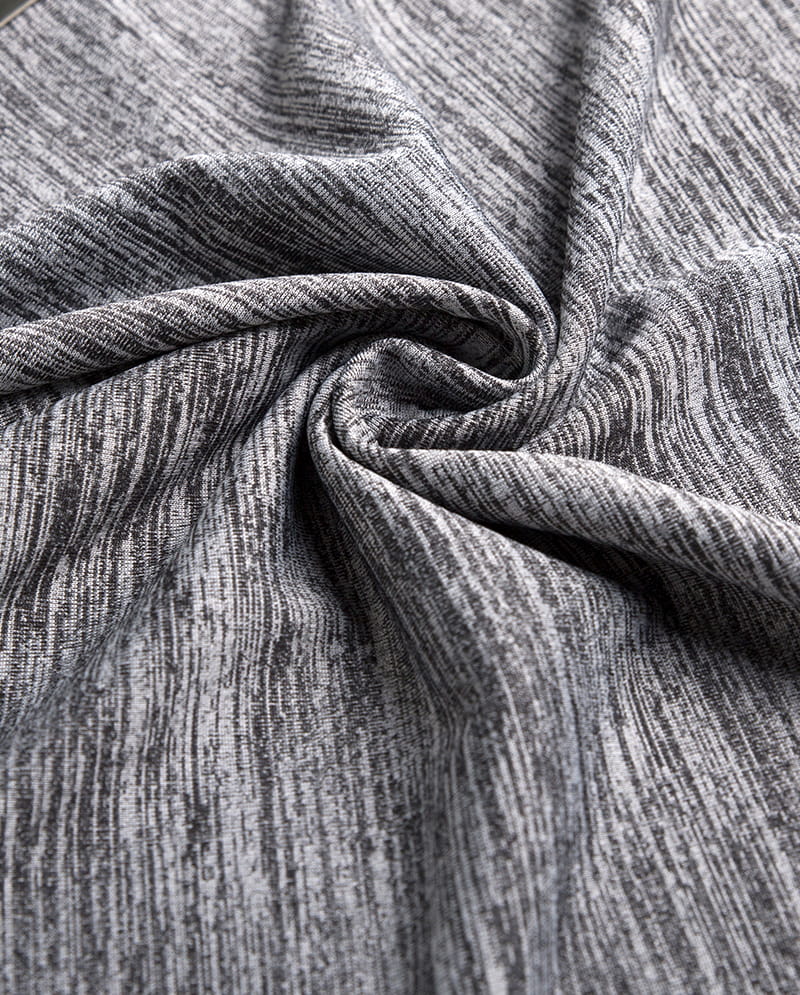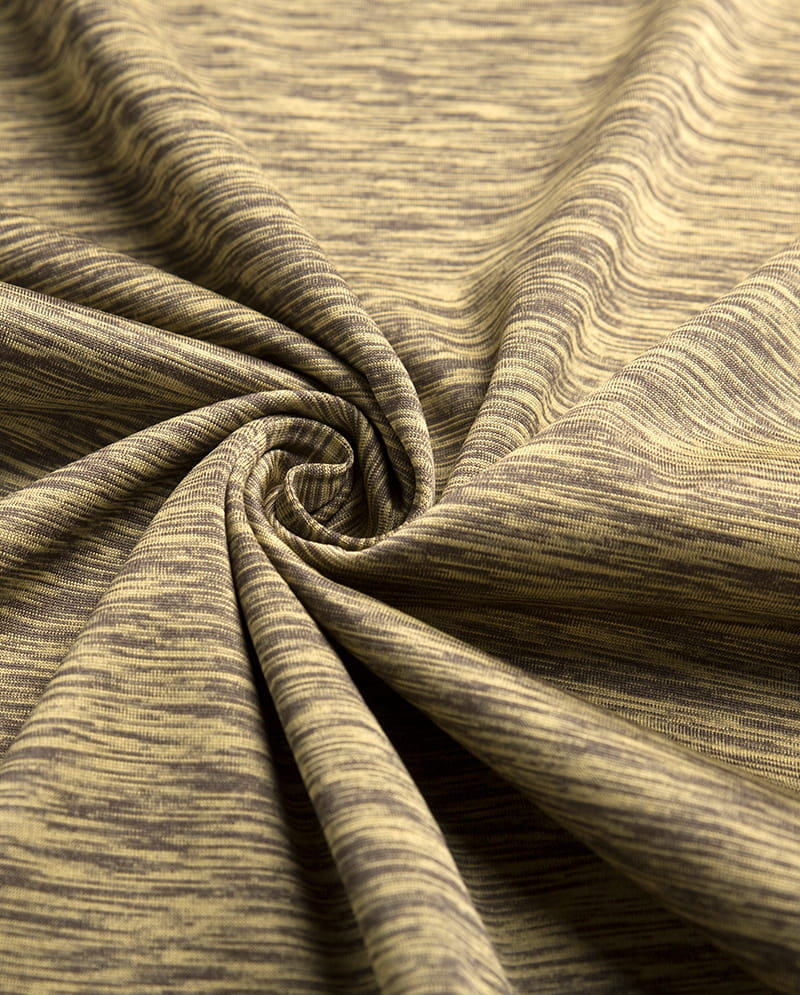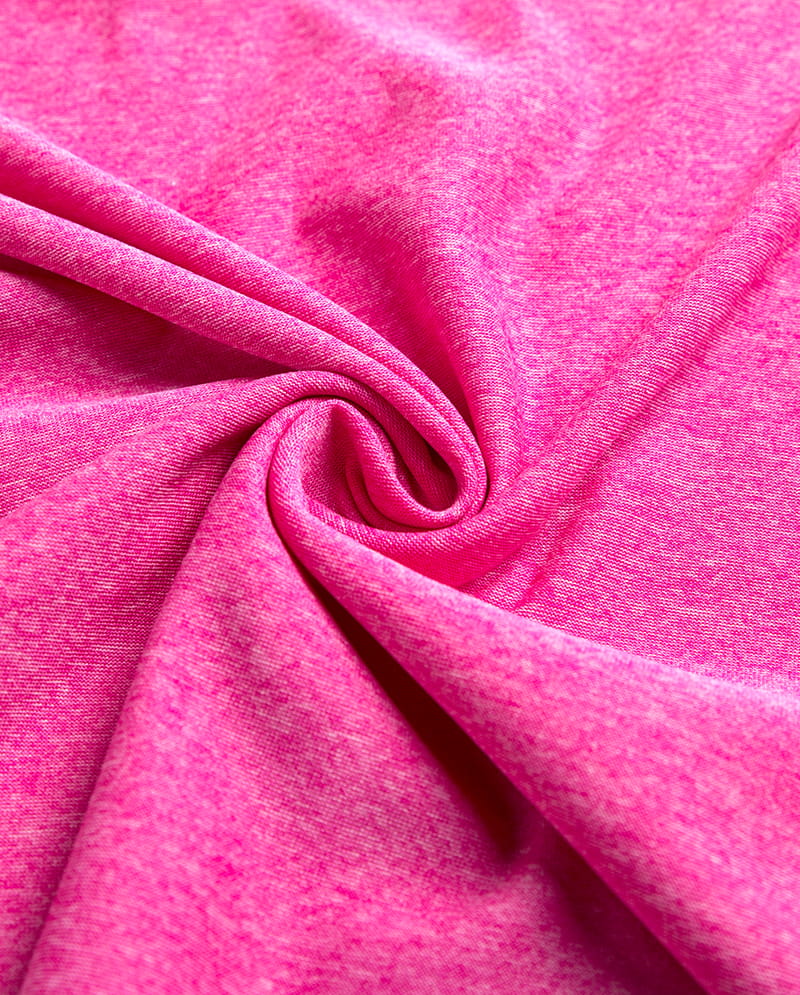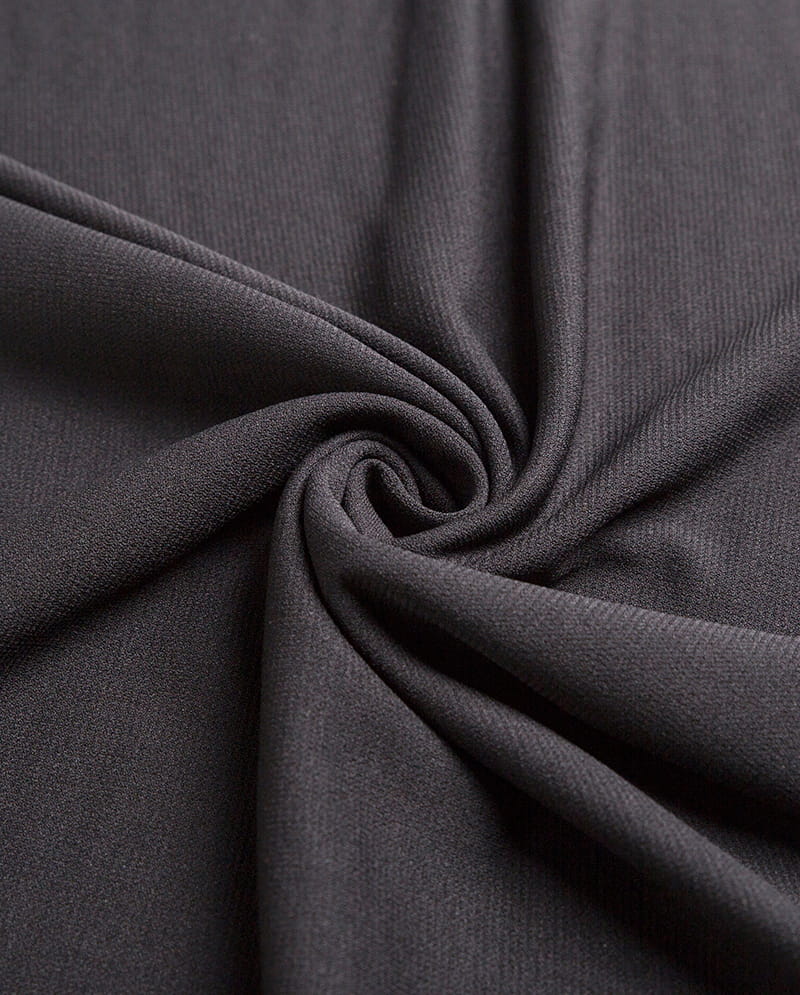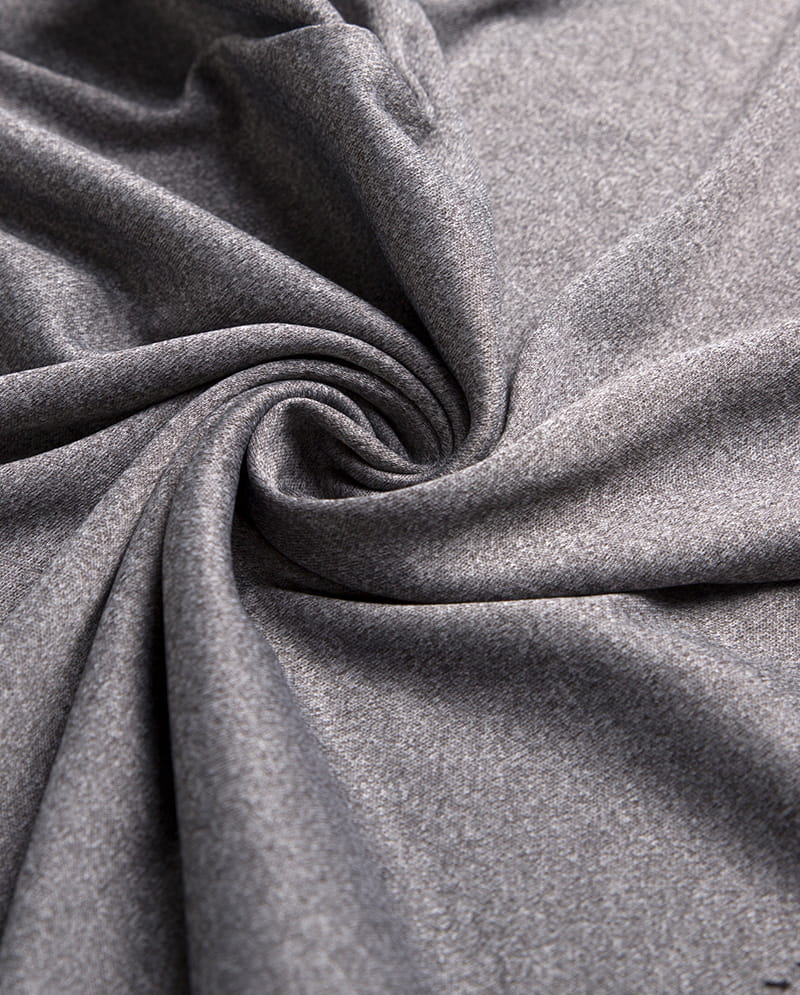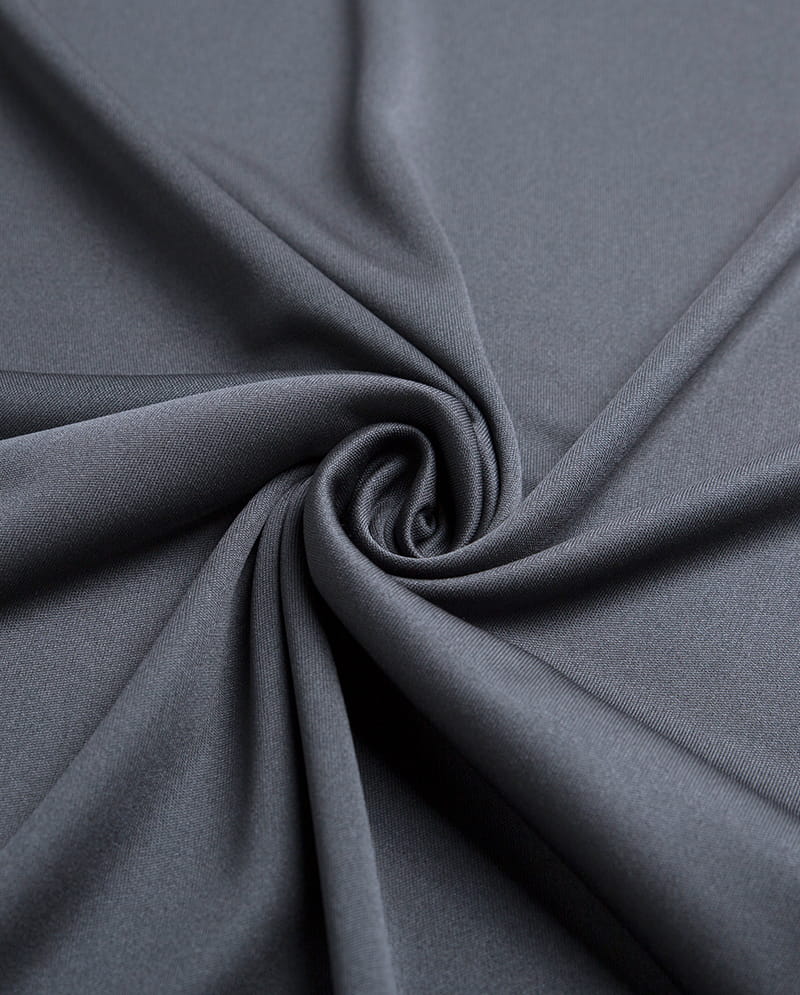In today's textile industry, high-elastic yarn has emerged as a game-changing material that combines exceptional stretchability with superior recovery properties. This specialized yarn is revolutionizing multiple sectors from activewear to medical textiles by offering unmatched comfort, flexibility, and durability. Unlike conventional yarns that may stretch but fail to return to their original shape, high-elastic yarn maintains its structural integrity through countless stretch cycles.
What Makes High-Elastic Yarn Unique?
High-elastic yarn distinguishes itself through several remarkable characteristics that conventional yarns cannot match. The molecular structure of these fibers allows for extreme elongation (often 300-500% of their original length) while maintaining complete recovery. This exceptional elasticity comes from the unique polymer composition and advanced spinning techniques used in production.
Key distinguishing features include:
- Superior stretch-to-recovery ratio (typically 95-98% recovery)
- Excellent resistance to mechanical stress and abrasion
- Enhanced moisture-wicking capabilities
- Superior dye retention compared to conventional elastic fibers
- Reduced power loss during repeated stretching cycles
Manufacturing Process of High-Elastic Yarn
The production of premium high-elastic yarn involves sophisticated textile engineering processes that ensure consistent quality and performance characteristics. Modern manufacturing typically follows these key stages:
| Production Stage | Key Processes | Quality Control Measures |
| Polymer Preparation | Polyurethane chip drying, additive mixing | Moisture content testing, viscosity measurement |
| Spinning | Melt spinning through spinnerets, quenching | Fiber diameter monitoring, tension control |
| Drawing | Hot drawing to orient molecules, heat setting | Elongation testing, temperature calibration |
| Texturing | False twist texturing, air jet texturing | Twist level verification, bulk measurement |
| Finishing | Lubrication, winding, packaging | Friction testing, winding tension checks |
Advanced manufacturers now incorporate nanotechnology and plasma treatments to further enhance the yarn's performance characteristics, creating specialized variants with antimicrobial properties or improved UV resistance.
Technical Specifications and Performance Metrics
When evaluating high-elastic yarn for specific applications, several technical parameters must be considered. These measurable characteristics determine how the yarn will perform in different textile structures and end-use scenarios.
Critical performance metrics include:
- Elongation at Break: Typically ranges from 300% to 800% depending on formulation
- Tenacity: 0.5-1.2 g/denier in relaxed state, increasing when stretched
- Elastic Recovery: Minimum 90% after 5 stretch cycles at 50% elongation
- Power Retention: Maintains 85-92% of initial retractive force after 100 cycles
- Thermal Stability: Withstands temperatures up to 190°C without degradation
These specifications vary significantly between different types of high-elastic yarn, with medical-grade versions offering higher purity standards and sportswear variants prioritizing moisture management properties.
Applications Across Industries
The versatility of high-elastic yarn has led to its adoption across diverse sectors, each benefiting from its unique properties in different ways. Below are the primary application areas experiencing transformative impacts from this advanced material.
Activewear and Sportswear
High-elastic yarn forms the foundation of modern performance apparel, enabling garments that move perfectly with the athlete's body. Its applications include:
- Compression wear for muscle support and enhanced circulation
- Seamless knit athletic apparel reducing chafing and irritation
- Swimwear with excellent chlorine resistance and shape retention
- Yoga pants and leggings offering unrestricted movement
The yarn's moisture-wicking properties and breathability make it particularly valuable for intense physical activities where comfort and performance are paramount.

Medical Textiles
In healthcare applications, high-elastic yarn provides critical functionality for both patient comfort and therapeutic effectiveness. Medical uses include:
- Compression garments for lymphedema management and post-surgical recovery
- Orthopedic braces and supports requiring adjustable tension
- Prosthetic liners needing both stretch and structural integrity
- Surgical hosiery with graduated compression
Medical-grade versions incorporate antimicrobial treatments and hypoallergenic properties to meet stringent healthcare requirements.
Fashion and Everyday Apparel
Beyond technical applications, high-elastic yarn has transformed everyday fashion by introducing unprecedented comfort into conventional clothing. Fashion applications include:
- Shapewear with comfortable yet firm support
- Denim blends offering stretch without bagging
- Form-fitting dresses and tops maintaining their shape
- Hosiery with graduated compression and enhanced durability
The fashion industry particularly values the yarn's ability to combine aesthetic appeal with functional benefits.
Comparative Advantages Over Conventional Elastic Fibers
When compared to traditional elastic materials like rubber threads or basic spandex fibers, high-elastic yarn offers several distinct advantages that justify its growing market adoption.
Key benefits include:
- Enhanced Durability: Resists degradation from body oils, sweat, and repeated washing
- Superior Comfort: Softer hand feel and better breathability than rubber-based elastics
- Precision Engineering: Can be tailored to specific elongation and recovery requirements
- Production Efficiency: Compatible with high-speed knitting and weaving processes
- Color Fastness: Accepts dyes more uniformly and retains color better through wash cycles
These advantages translate to longer-lasting garments that maintain their fit and appearance through extended use.
Care and Maintenance Guidelines
Proper care is essential to maintain the performance and longevity of textiles made with high-elastic yarn. Follow these best practices to preserve the material's properties:
- Wash in lukewarm water (max 30°C/86°F) to prevent heat damage to elastic fibers
- Use mild detergents without bleach or fabric softeners which can degrade elasticity
- Prefer gentle machine cycles or hand washing to minimize mechanical stress
- Air dry flat rather than using tumble dryers to maintain fiber integrity
- Store folded rather than hung to prevent unnecessary stretching
- Avoid contact with harsh chemicals, chlorine, or direct heat sources
Following these guidelines can extend the functional life of high-elastic garments by 30-50% compared to improper care methods.
Future Trends and Innovations
The high-elastic yarn market continues to evolve with technological advancements opening new possibilities. Emerging trends include:
- Smart Elastic Yarns: Integrating conductive fibers for wearable electronics connectivity
- Biodegradable Formulations: Developing eco-friendly versions from renewable sources
- Phase-Change Materials: Yarns that adapt their elasticity based on temperature
- Antimicrobial Enhancements: Long-lasting antibacterial properties for medical applications
- Sustainable Production: Closed-loop manufacturing processes reducing water and energy use
Researchers are also working on self-healing elastic yarns that can repair minor damage automatically, potentially revolutionizing durability standards in textile applications.
Selecting the Right High-Elastic Yarn
Choosing the appropriate high-elastic yarn requires careful consideration of several factors to match the material properties with application requirements.
Key selection criteria include:
- Intended Use: Medical, athletic, or fashion applications have different priorities
- Required Stretch Level: Percentage elongation needed for the specific garment type
- Recovery Expectations: How precisely the fabric must return to its original shape
- Environmental Conditions: Exposure to chlorine, UV radiation, or extreme temperatures
- Comfort Requirements: Breathability, moisture management, and softness needs
- Durability Demands: Expected lifespan and wash cycle resistance
Consulting with technical specialists from yarn manufacturers can help identify the optimal formulation for specific applications and performance requirements.
Conclusion
High-elastic yarn represents a significant advancement in textile technology, offering unparalleled performance characteristics that bridge the gap between comfort and functionality. As manufacturing processes continue to refine and new formulations emerge, applications for this remarkable material will expand further across industries. Whether in high-performance athletic wear, medical therapeutic garments, or everyday fashion, high-elastic yarn provides solutions that conventional materials cannot match. By understanding its properties, applications, and proper care methods, manufacturers and consumers alike can fully leverage the benefits of this transformative textile innovation.

 English
English 中文简体
中文简体
